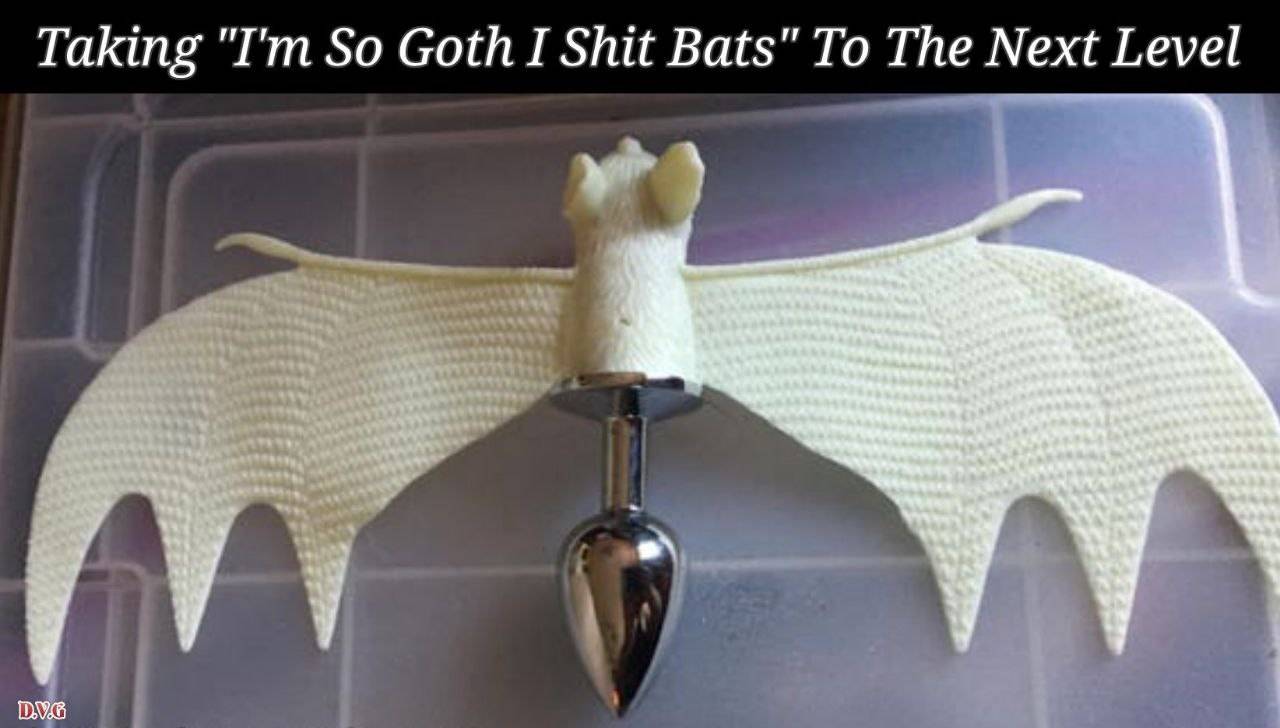And Magit
pimeys
Super easy to use and the guest distro just works. Minimal interface which looks nice, but misses some features such as network settings.
Qemu is great though. Linux virtualization is the best in class. Basically the whole Internet runs on top of KVM. Boxes is just a UI on top of KVM.
Fedora is awesome. I use the immutable version Kinoite, and it's fork with non-free extras Aurora. Dev container is with Arch just because there are a ton of packages. All the GUI apps from Flathub.
I need to add KDE to this mix. What a wonderful desktop it is. Like what Windows should be but is not.
Yep. You need to pay for the patent with certain codecs, that's why operating systems with a company behind them usually do not distribute them. Same with a few Linux distros, such as Fedora.
You can install them and the packages for your os are freely available. Just not from the company making the product in the fear of patent trolls.
Opnsense. Been running it in my router with all the treats for years. Updates frequently and easily. You can do things like tailscale, wireguard, traffic shaping, or adblock in the firewall level pretty easily with it.
Awesome project.
Have you considered other distros? I've had lots of success with the immutable fedora variants, which offer great stability and NVIDIA drivers in the base system. If you need apt, you create a new Debian container in the box buddy and make that container be your default when opening a terminal.
Gnome variant: https://projectbluefin.io/
KDE variant: https://getaurora.dev/
Gaming variant: https://bazzite.gg/
They are all the same distro with different desktop setup and default apps. You can install one of them and seamlessly switch to another one without losing any data.
You should maybe read about the use cases for deduplication before using it. Here's one recent article:
https://despairlabs.com/blog/posts/2024-10-27-openzfs-dedup-is-good-dont-use-it/
If you mostly store legit Blu-ray rips, the answer is probably no, you should not use zfs deduplication.
Yeah... So I'm in Berlin, and in Germany the internet operators finally are building fiber everywhere. The provider who lays the fiber to our street is Deutsche Telekom, and they promise to pay everything: laying the fiber, bringing it to our house and bringing the fiber to every apartment for a two year monopoly on fiber internet after which it's up for competition using their cables. What needs to happen next is our landlord (a Swiss company) and house management company to agree on these guys to come in, put little fiber dividers to every floor and drill a hole to the walls so we get the fiber cable to our apartment.
Of course this being Germany, they are very slow on agreeing on that, we might need to go to court and for sure we need to talk to our neighbors who own their apartments to push them a bit. I'd expect us to get the connection maybe before end of 2025. But eventually it will happen...
I am doing exactly the same as what the OP is doing. In addition to that, I will unify my beelink mini PC proxmox server and our old Intel atom NAS into one rack server with AMD EPYC, proxmox and truenas in a VM.
I sure hope our landlord and the Internet operator can agree on the operator finally bringing fiber cables to all apartments. Then I would have fast enough uplink to my homelab.
Graphene only works on Pixel phones. Graphene is more private and secure, but might be too many issues for people who do not care about such things that much. Lineage has better support for different phone models, and you can make it just like a normal Android OS, that just happens to provide updates for your phone years after the manufacturer stops sending them.
Neither of them is better than the other, it's just about your priorities. Get Graphene if you have a Pixel and you value privacy and are willing to tinker with it a bit if some apps don't work.
Linux kernel updated to 64 bit time quite recently. In 2038 I can guarantee somebody in a very serious business is still using an ancient RHEL and will have issues.




I also didn't like it for years. I used a tiling window manager (first i3, then sway), but tried the new plasma 6 and really liked it. Dolphin file manager was the thing that converted me.